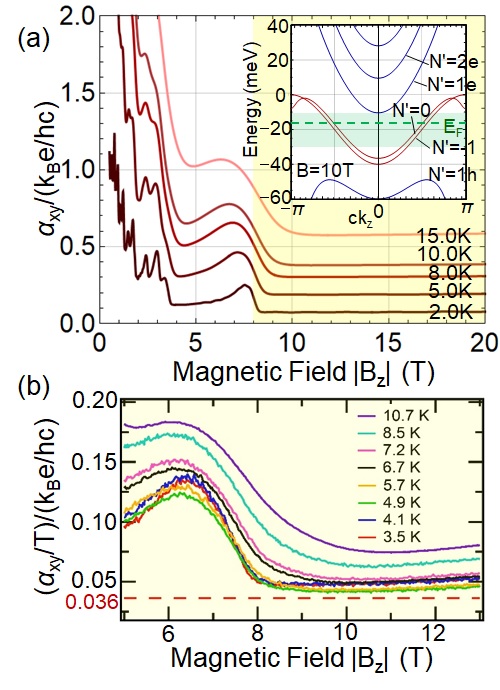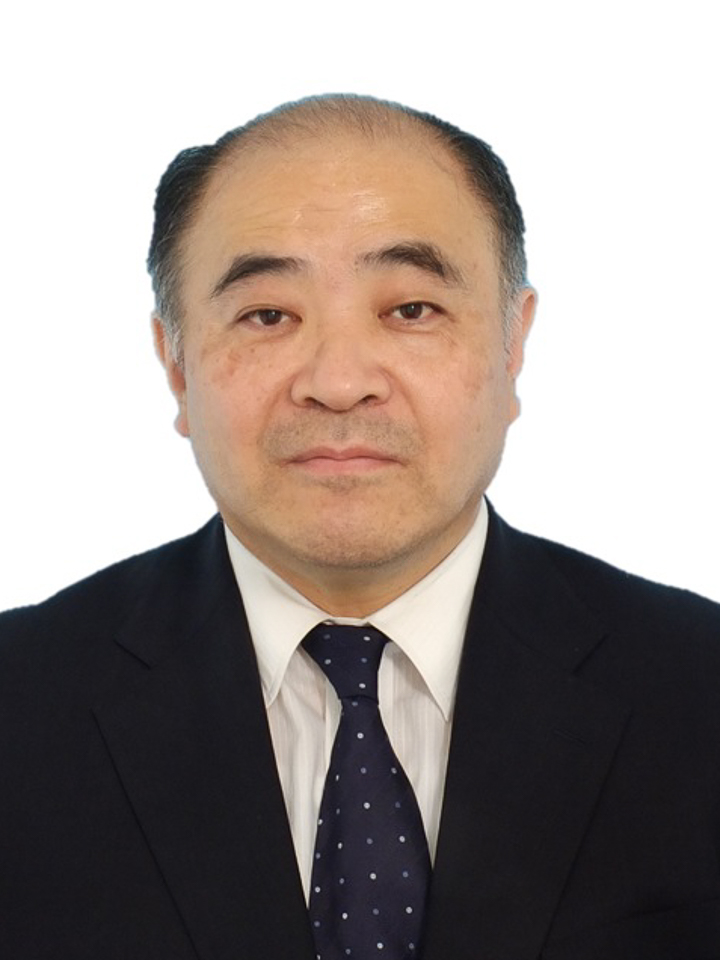Osada Group
Research Subjects
- Topological properties of organic Dirac fermion systems
- Electronic structure and quantum transport in two-dimensional materials
- Quantum size effects through ultra-thinning on electronic properties of layered conductors under strong magnetic fields
- Angle-dependent magnetotransport and interlayer coherence in layered conductors
Osada group aims to search, elucidate, and manipulate novel electronic states, topological phenomena, and quantum transport, in two-dimensional materials (atomic layers), topological materials, and artificial nanostructures. This is achieved through electric and thermoelectric transport measurements conducted under strong magnetic fields, low temperatures, and high-pressure environments. The main experimental techniques employed include device fabrication of two-dimensional materials and nanostructures using microfabrication techniques (such as electron-beam lithography), precision double-axial sample rotation in magnetic fields, and high magnetic field measurements using miniature pulse magnets with a field strength of up to 40 T. Simple theoretical studies are also conducted concurrently. Recently, our research has focused on topological electronic states (including symmetry-broken quantum Hall states and topological insulator states) and topological transport phenomena (such as quantized thermoelectric Hall effect and nonlinear anomalous Hall effect) in organic Dirac fermion systems and τ-type organic conductors. We have also investigated quantum transport in twisted bilayer graphene and ultrathin films of black phosphorus (such as moire weak localization), as well as the quantum size effect through ultra-thinning on electronic properties of graphite (including magnetic-field-induced electronic phase transitions and quantum Sondheimer effect).



